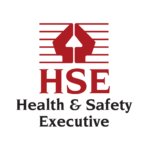
Solar panel cleaning involves significant risks, particularly when working at heights and around live electrical systems. To help keep workers safe, the UK Health and Safety Executive (HSE) has established guidelines and regulations aimed at preventing falls, injuries, and electrical accidents in the workplace.
This article outlines the key HSE guidelines that solar panel cleaners in the UK need to follow, focusing on working at heights, fall protection, and electrical safety.
1. Working at Heights (The Work at Height Regulations 2005)
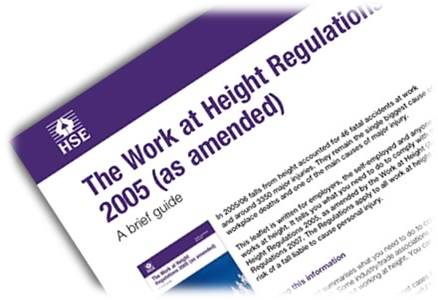
Falls from height are one of the leading causes of workplace fatalities and serious injuries. The Work at Height Regulations 2005 require employers and workers to take precautions when working at any height where there is a risk of falling.
– Planning and Supervision: All work at height must be properly planned, supervised, and carried out by competent workers. Your employer must assess the risks before the work begins.
– Fall Prevention: Wherever possible, working from the ground should be prioritized (for example, using extendable tools). If working at height is unavoidable, measures like guardrails, scaffolds, or mobile elevated work platforms (MEWPs) must be in place to prevent falls.
– Personal Fall Protection Systems: If collective fall prevention measures (such as guardrails) aren’t practical, you must use a personal fall protection system like a safety harness, lanyard, and anchor points.
Key Rule: You should never work at height unless proper safety measures are in place to prevent falls. Always follow the hierarchy of controls: avoid, prevent, and mitigate falls.
2. Ladder Safety (The Work at Height Regulations 2005)
Ladders are frequently used in solar panel cleaning but pose a high risk of accidents. HSE guidelines require employers to ensure that ladders are used safely and only when other, safer access options are not feasible.
– Proper Ladder Setup: Ladders must be set up on stable, level ground, and should be angled correctly (a ratio of 1:4, where the base is 1 metre away from the wall for every 4 metres of height). The ladder should also extend at least 1 metre above the landing surface to provide safe access.
– Three Points of Contact: When climbing a ladder, you must maintain three points of contact at all times—this means keeping both feet
Key Rule: Always ensure ladders are stable, secure, and used for brief jobs only. If the job requires prolonged work, consider alternative access methods.
3. Roof Work Safety (The Work at Height Regulations 2005)
Working on roofs is inherently dangerous, especially around the edges or near skylights. HSE requires strict safety precautions to reduce the risks of working at height on rooftops.
– Edge Protection: When working near the edge of a roof, edge protection such as guardrails or toe boards must be in place to prevent falls.
– Skylight Protection: Unprotected skylights are a significant hazard, and stepping or falling through them can be fatal. Skylights must be fitted with guards or covers if workers are cleaning solar panels near them.
Key Rule: Guardrails and skylight covers are essential for safe roof work. Always make sure the roof area is properly secured before starting any job.
4. Electrical Safety (Electricity at Work Regulations 1989)

Solar panels generate electricity, and the risk of shock or electrocution is real when cleaning them. The Electricity at Work Regulations 1989 require employers to ensure that workers are protected from electrical hazards.
– Safe Working Distance: Maintain at least 3 metres of clearance from overhead power lines. Depending on the voltage of overhead powerline, more distance may be needed. For more information, please see:
Key Rule: Solar panels cannot be turned off. Do not confuse isolation with turning panels off. As long as light is hitting the solar panels, they are live and carry an electrocution risk. The only way to safely navigate this risk is with P.P.E. Never work on or near live electrical equipment without proper safety procedures in place.
5. Personal Protective Equipment (PPE) (Personal Protective Equipment at Work Regulations 2022)
Wearing the correct personal protective equipment (PPE) is critical when working at height and around live electricity. Under the PPE at Work Regulations 2022, employers must provide suitable PPE to all workers, based on the hazards involved.
– Fall Protection Gear: If you’re working at height, you must wear a harness attached to a secure anchor point.
– Electrical Safety Gear: When working near live electrical systems, you must wear rubber gloves and boots that provide insulation against electrical currents.
– Non-Slip Footwear: On wet or algae-covered roofs, slipping is a major hazard. You must wear electrically insulated boots with non-slip soles to reduce the risk of falling.
Key Rule: PPE must fit properly and be in good condition. Always check your equipment before starting any job.
6. Training and Competence – Management of Health and Safety at Work Regulations 1999 & Health & Safety At Work Act 1974
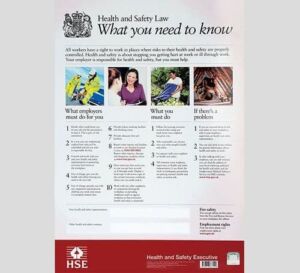
HSE requires employers to ensure that workers are trained and competent to perform their jobs safely, especially when it comes to high-risk activities like working at heights and handling electrical equipment. This is covered under the Management of Health & Safety at Work Regulations 1999 and Health & Safety at Work Act 1974.
– Fall Protection Training: You must be trained in how to use fall protection systems, such as harnesses, lanyards, and guardrails. This training helps you understand the risks and how to work safely at heights.
– Electrical Safety Training: If your job involves working near or with electrical systems, you must receive proper training on electrical safety, including how to safely isolate systems and use protective equipment. ISCA cover this topic on their solar panel cleaning health and safety training courses.
Key Rule: If you haven’t received the necessary training to safely work at height or near electricity, don’t proceed with the job. Ask your employer for proper training.
7. Emergency Procedures (The Health and Safety (First-Aid) Regulations 1981)
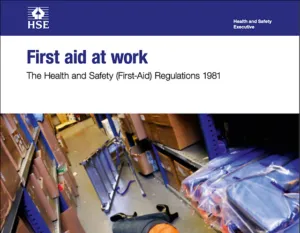
As the Health & Safety (First Aid) Regulations 1981 explain: Every workplace must have clear emergency procedures in place, especially when workers are exposed to risks like falls or electrical shock.
– Rescue Plans: If you’re using a personal fall arrest system, there must be a rescue plan in place to retrieve you if you fall. This could include procedures for lowering you to safety or calling emergency services.
– First Aid: First aid provisions must be readily available, and you should know where the first aid kit is located and how to contact emergency services if needed.
Key Rule: Familiarise yourself with the emergency procedures and rescue plans before starting any job.
Conclusion
Solar panel cleaning is a high-risk job that involves working at height and around live electrical systems. Following the UK Health and Safety Executive (HSE) guidelines ensures that you and your co-workers are protected from falls, electrical accidents, and other potential hazards.
By adhering to HSE rules on fall protection, ladder safety, electrical safety, and personal protective equipment, you can greatly reduce the risk of accidents and injuries while working on solar panel cleaning projects.
Your safety should always come first. Stay aware, follow the guidelines, and always prioritise proper safety procedures on the job.

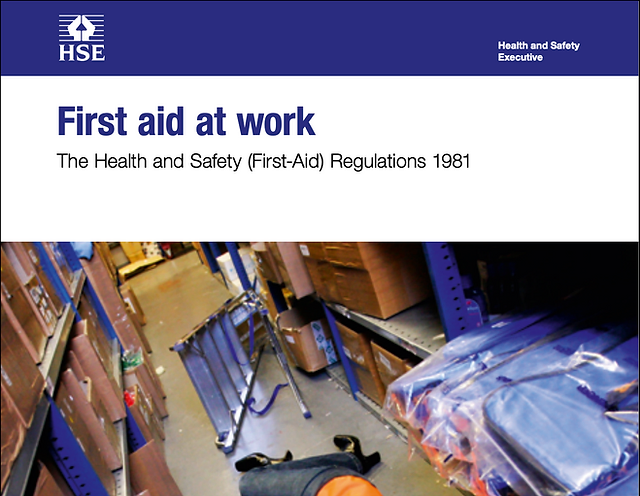
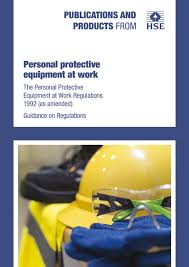
I am not sure where youre getting your info but good topic I needs to spend some time learning much more or understanding more Thanks for magnificent info I was looking for this information for my mission